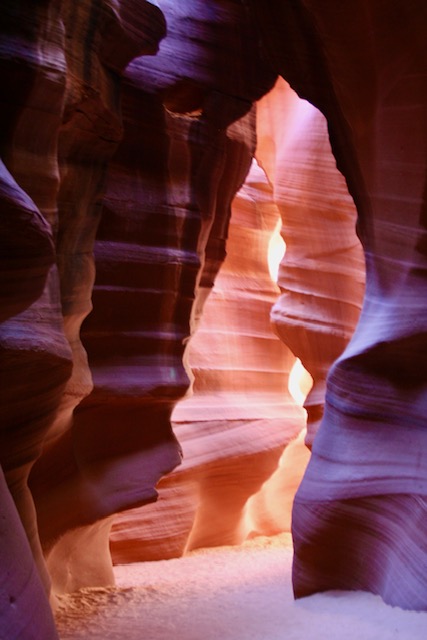The following 3 sites are within driving distance from each other and can be covered in a day.
- Horseshoe Bend
- Glen Canyon Dam
- Upper Antelope Canyon
Horseshoe Bend – Situated off US Highway 89 lies the remarkable landmark within the Glen Canyon National Recreation Area can be regarded as another natural wonder of Arizona. It showcases a distinctive horseshoe-shaped curve formed by the relentless force of the Colorado River. A 1.5-mile hike from the parking lot will take you to the overlook, where a breathtaking view awaits. The spectacular sight will leave an indelible mark on your memory.
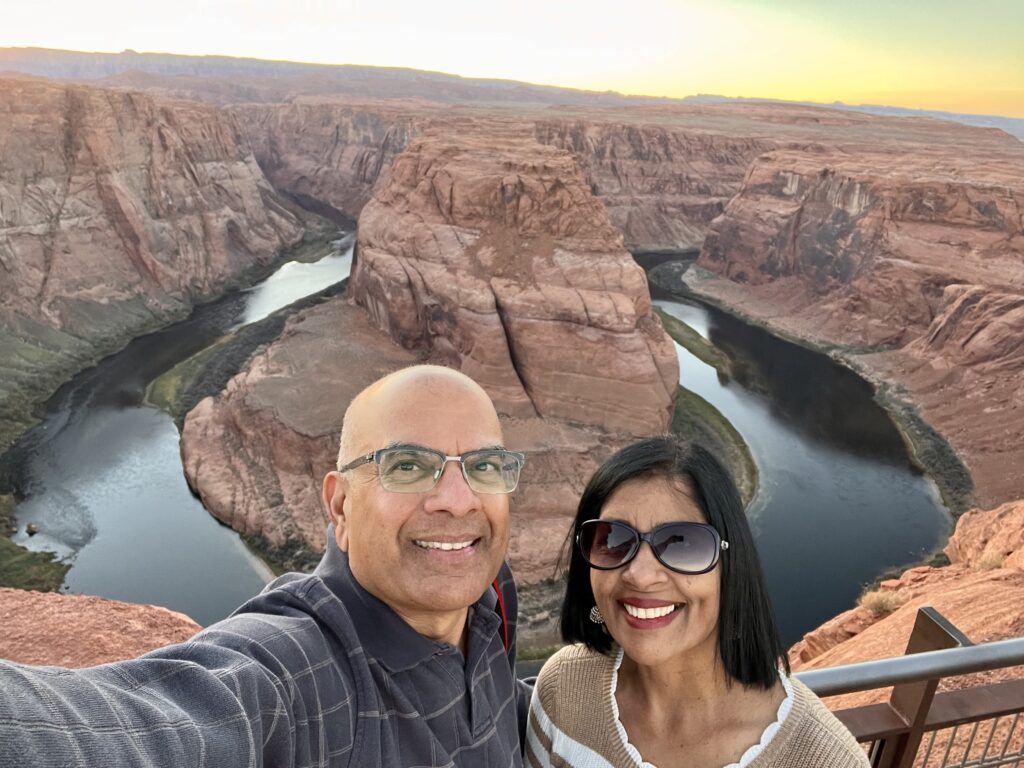
Below the rim, the Colorado River makes a wide sweep around a sandstone escarpment. On its long downward journey to the sea, the river meandered, sometimes making wide bends, but always seeking the path of least resistance.
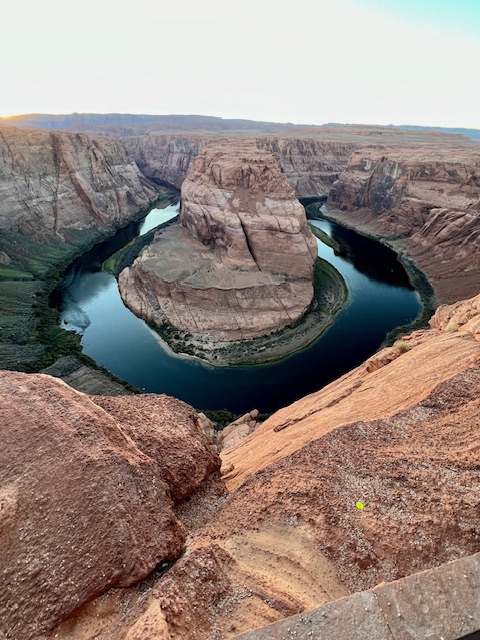

Glen Canyon Dam – Located on the Colorado River, this towering Dam, stands tall at an impressive 710 feet. Built between 1956 to 1966, it forms Lake Powell, one of the largest man-made reservoirs in the U.S. This engineering marvel provides water reserves for multiple states such as Wyoming, Utah, Colorado, New Mexico, Arizona, Nevada, and Nebraska. In times of drought, the water held within the dam is vital to sustaining life. Due to being constructed in an incredibly remote and inaccessible location, the Glen Canyon Dam has become one of the United States’ most remarkable achievements.
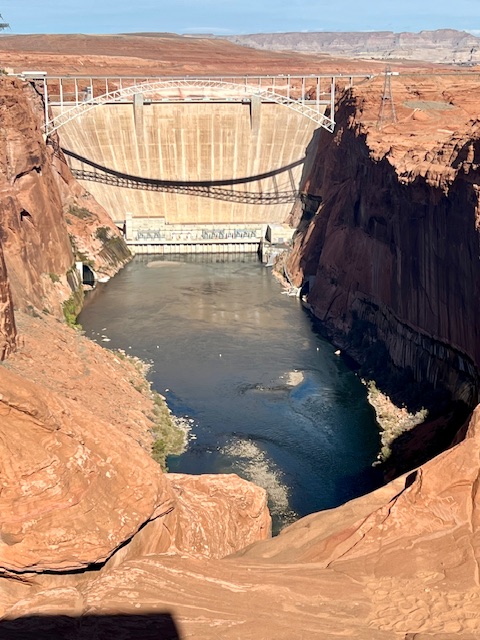
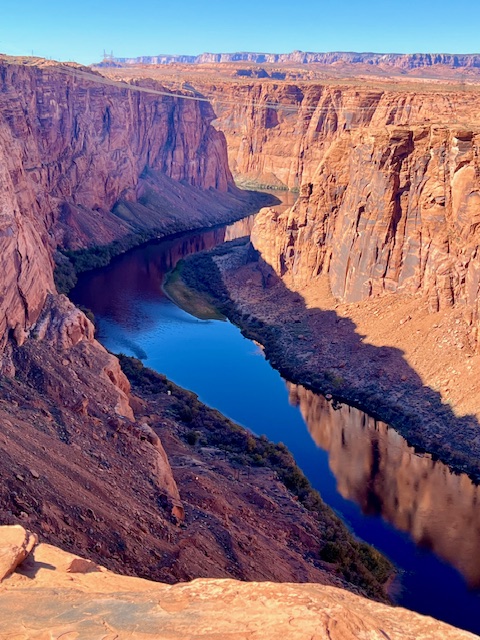
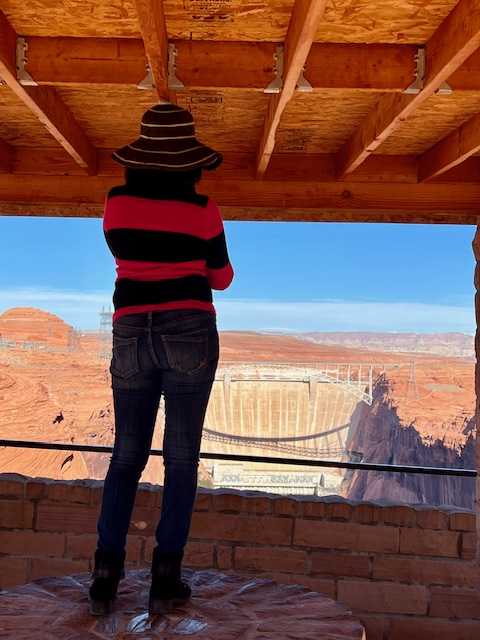
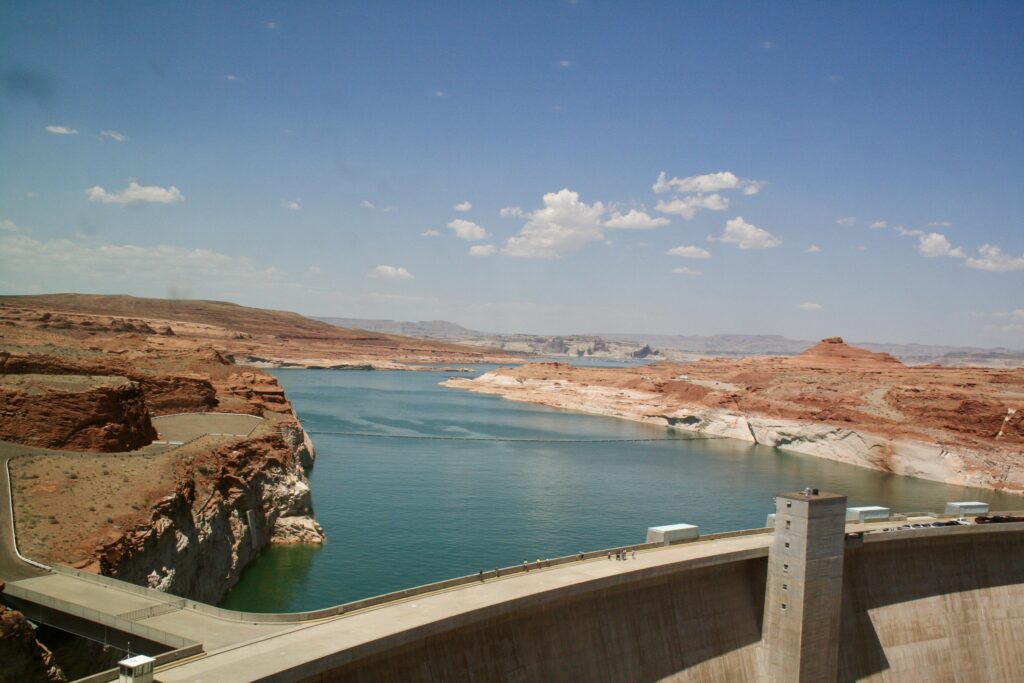
Upper Antelope Canyon – is one of Page’s natural wonders. Named after the antelope herds that once roamed the area, this enchanting canyon with Its towering walls and natural skylight make it one of the most visited locations in Arizona. The Upper Antelope Canyon, in particular, dazzles with its vibrant display of colors created by the sun’s rays filtering through the narrow slots, particularly from March through October. The canyons are located on Navajo Nation land, and we did a guided tour of this place in 2008.
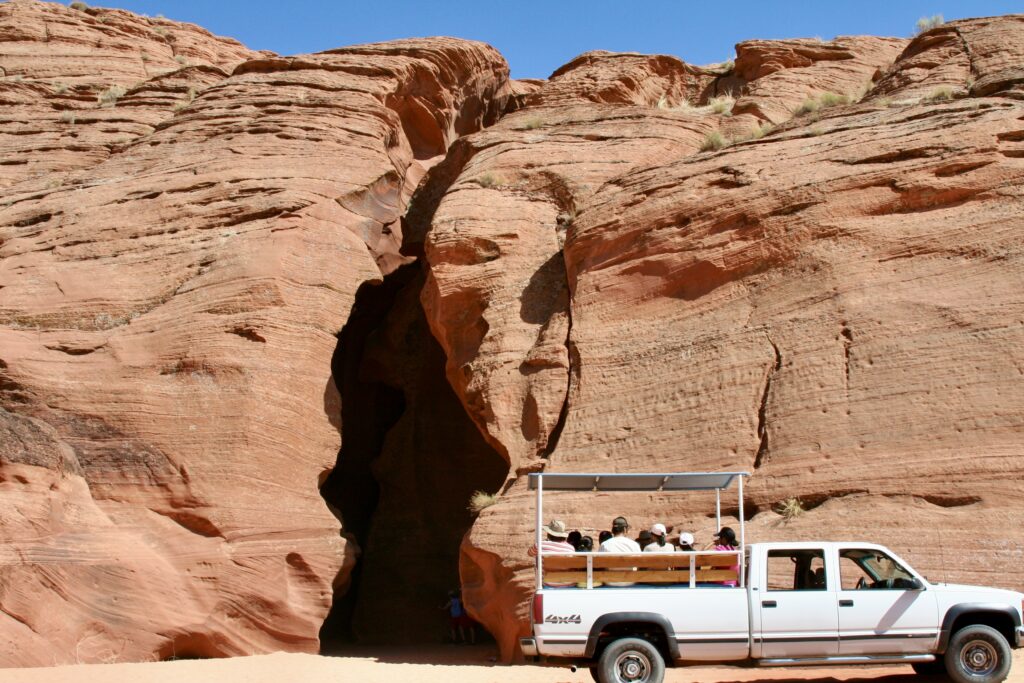
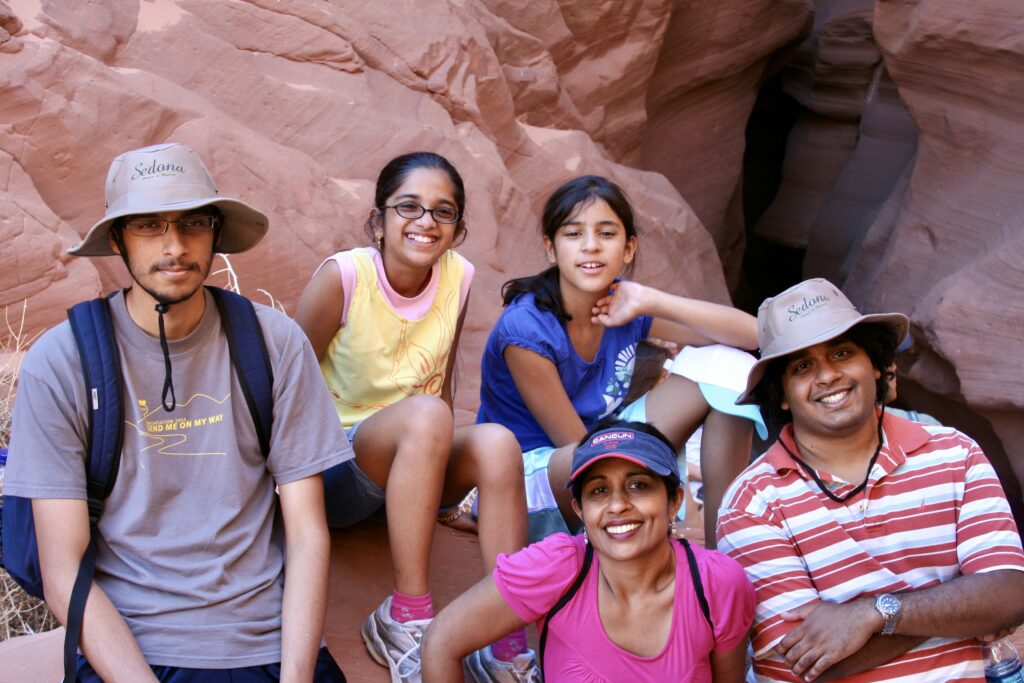
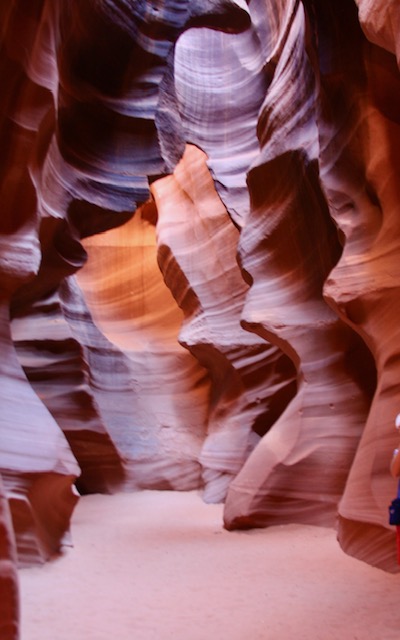
Antelope Canyon is an example of a geological curiosity known as a “slot canyon”. As the name suggests, slot canyons are tiny canyons formed when water finds its way into a crack or fissure in the bedrock. Occurring largely in deserts or areas with low rainfall, a slot canyon is the result of thousands of years of weather extremes. The Upper Antelope Canyon is only about 100 yards in length.

